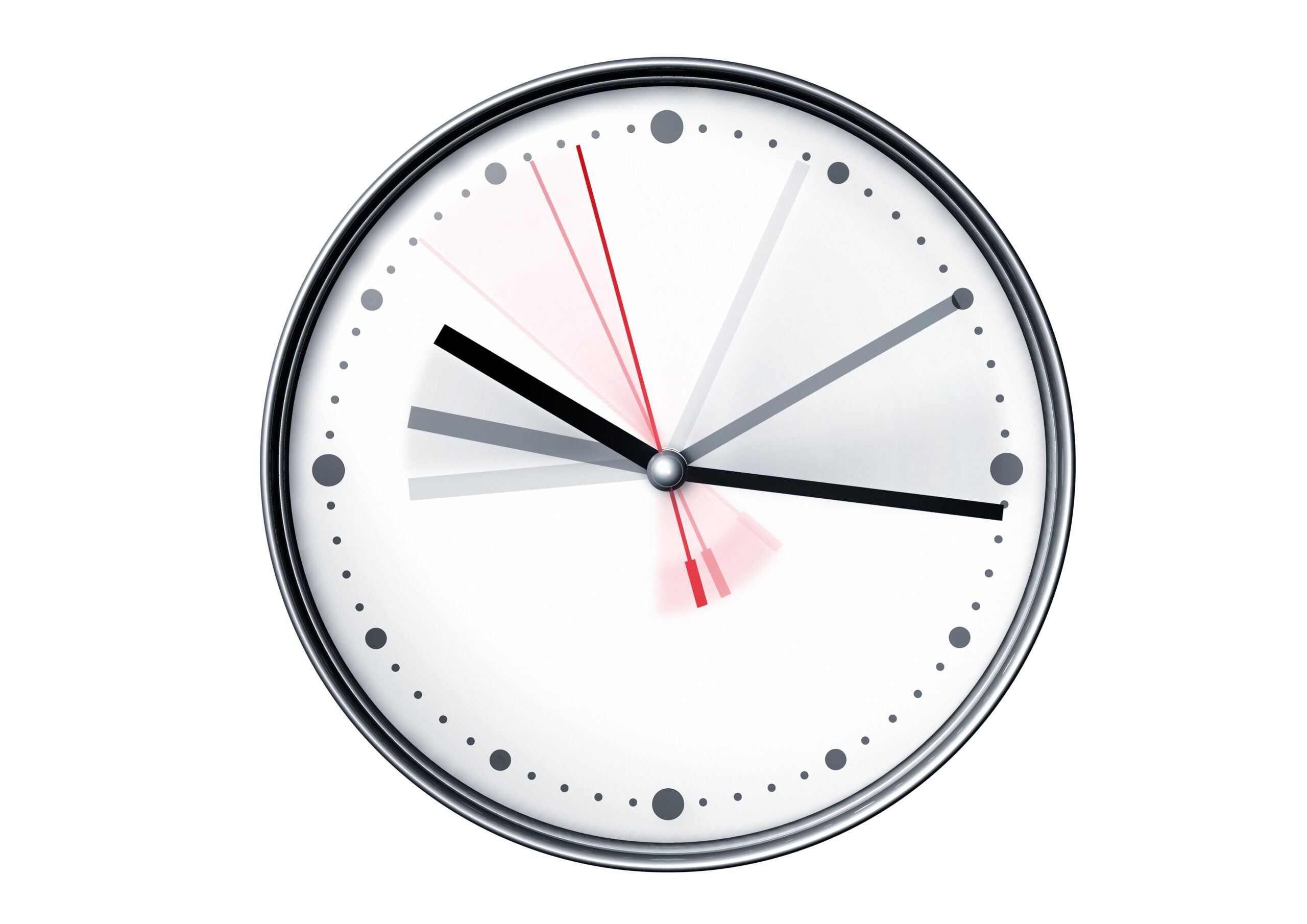Proven Ways to Tell If a Necklace Is Real Gold at Home: Complete DIY Guide
Introduction: Why Test Your Necklace for Real Gold at Home?
Gold necklaces are a symbol of value, beauty, and investment, but with the rise of counterfeit jewelry, many people want to know if what they own or have inherited is truly made of gold. Fortunately, several at-home methods allow you to check for authenticity using common household items. This guide explores reliable DIY tests, explains their strengths and limitations, and provides practical, step-by-step instructions so you can make informed decisions about your jewelry.
Understanding Gold Purity and Markings
Before performing any physical tests, it’s important to understand how gold jewelry is typically marked. Real gold items often feature a hallmark or stamp indicating their purity, such as 10K, 14K, 18K, 22K, or 24K. The letter ‘K’ stands for karat, a measure of gold content: 24K is pure gold, while lower numbers mean the gold is mixed with other metals. Use a magnifying glass or smartphone camera to inspect your necklace for these marks-look for stamps on the clasp or a small tag near the chain closure. However, fake items may also carry counterfeit stamps, so while a hallmark is a good sign, it is not absolute proof of authenticity [4] .
Step-by-Step At-Home Gold Tests
1. The Magnet Test
Gold is not magnetic . To perform this test, use a strong neodymium magnet (available at hardware stores or online). Hold the magnet near your necklace. If the necklace is attracted to the magnet, it is likely made of a base metal with gold plating or is entirely fake. If it does not react at all, it may be real gold or another non-magnetic metal. Be aware that some counterfeit gold pieces use non-magnetic metals like copper or brass, so this test is not definitive [3] .
Example: A thrift store necklace labeled 18K is tested with a neodymium magnet. It does not react, suggesting it could be gold, but further testing is advised.
2. The Water (Float) Test
Gold is a dense metal . To try this method, fill a glass with water and gently drop your necklace into it. Real gold will sink quickly to the bottom, while fake or lightweight gold-plated jewelry may float or sink slowly. However, some base metals can also sink, so use this in combination with other tests [2] .
Step-by-step:
- Fill a clear glass with room-temperature water.
- Carefully drop the necklace into the glass.
- Observe if it sinks immediately (good sign) or floats/lingers (potentially fake).
Tip: Weighing the necklace on a kitchen scale and comparing it to the expected weight for its karat and length can provide further clues.
3. The Vinegar Test
White vinegar can be used to test gold’s chemical stability. Place your necklace in a small bowl and pour enough white vinegar to cover it. Let it sit for about 5-8 minutes, then rinse with water and dry with a soft cloth. Real gold will remain shiny and unchanged, while fake gold or gold-plated items may discolor or react [2] .
Warning: Vinegar can damage gold-plated jewelry by exposing the base metal beneath. Only use this method if you are comfortable with the risk.

Source: ar.inspiredpencil.com
4. The Toothpaste Test
This test involves applying a small amount of plain white toothpaste to your necklace and gently rubbing it for about 30 seconds. Rinse thoroughly under running water. If your gold is real, the black spot formed by rubbing should disappear, leaving the metal shiny. If a black spot remains, it’s likely not real gold. Note that this method is not highly accurate and may damage gold-plated jewelry by removing the plating [1] .
5. The Ceramic Plate Scratch Test
Using an unglazed ceramic plate (often available at craft stores), gently drag your necklace across the surface. Real gold will leave a yellow-gold streak, while fake gold leaves a black, green, or gray streak. This test may scratch your jewelry, so use caution and only test in a hidden area [3] .
6. The Makeup Test
Apply a small amount of liquid foundation to your skin and let it dry. Rub the gold necklace gently across the area. If a black streak appears, the gold is likely real because of the reaction between gold and the metal in the makeup. This test is not reliable for all skin types and may not work with all brands of makeup [3] .
Professional and Advanced Testing Options
While at-home tests offer good clues, they are not infallible. If your necklace is valuable or you remain uncertain after home testing, consider these professional options:
- Visit a reputable local jeweler for a free or low-cost gold test . Professionals may use electronic testers or acid kits that provide a more definitive answer.
- Request an appraisal or ask for a certificate of authenticity if you plan to insure or sell your jewelry.
Most jewelers can also verify suspicious hallmarks or stamps and help identify potential counterfeits. Some jewelers offer walk-in evaluations or you can call ahead to schedule an appointment.
Common Mistakes and Pitfalls
Some mistakes can lead to inaccurate results or damage your jewelry:
- Relying solely on a single test, such as the magnet test, without using additional methods.
- Scratching or damaging valuable or sentimental pieces with aggressive tests.
- Assuming a hallmark or stamp is always genuine-counterfeits often carry fake marks.
- Using harsh chemicals (like bleach) that can permanently harm gold-plated items.
Combining multiple tests and using a gentle touch will help you avoid these issues. If in doubt, professional evaluation is the safest choice.
Alternative Approaches and Additional Tips
If you don’t have the tools or materials listed above, you can:

Source: alexanderhancock.com
- Compare the color and weight of your necklace to another piece you know is real gold.
- Check for discoloration or flaking on areas that see the most wear, which may indicate plating.
- Ask friends or family for recommendations on trusted local jewelers.
- Research gold buying and testing services in your area. Search using terms like “gold jewelry testing near me” or “jewelry appraisal services.”
When to Seek Professional Help
If your necklace is high in value, holds sentimental importance, or if you plan to sell or insure it, a professional assessment is strongly recommended. Certified jewelers and appraisers have access to advanced equipment, including X-ray fluorescence (XRF) analyzers and electronic testers, that can precisely confirm gold content without damaging your jewelry. To find a reputable service, search for “American Gem Society member jewelers” or contact the Jewelers of America for a directory of certified professionals.
Key Takeaways
Testing a necklace for real gold at home is possible using simple tools like magnets, vinegar, toothpaste, and ceramic plates. While these tests provide valuable clues, none are 100% conclusive on their own. Always combine multiple methods and, for high-value items, consult a professional for definitive results. By following these steps, you can protect your investment and gain confidence in your jewelry’s authenticity.



